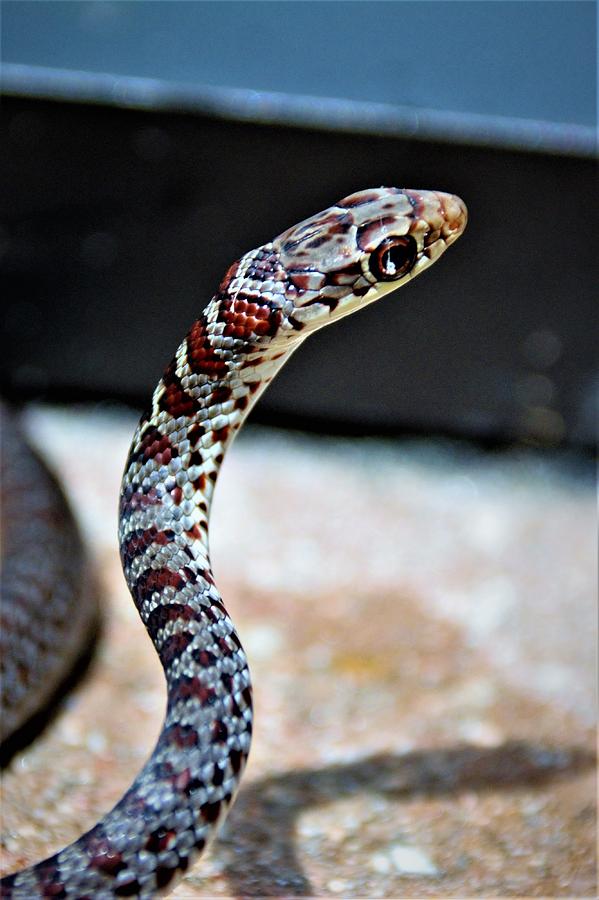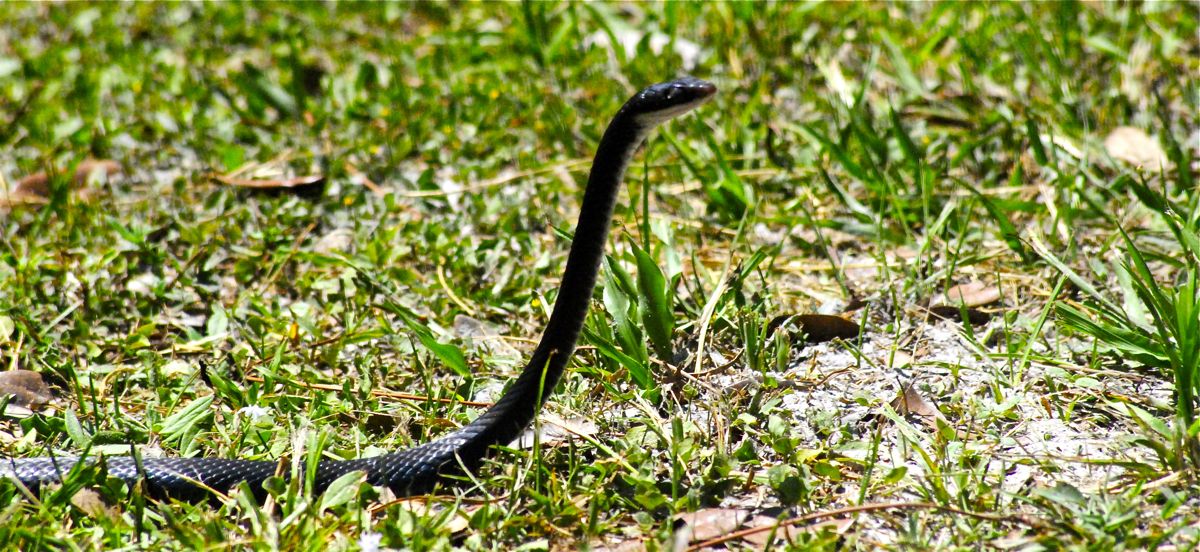
It's their way of letting you know they don't know what they're doing.īlack racers are found in most of southern and eastern Ohio. Also, some black racers when threatened, may shake their tail like a rattlesnake. Again, they are non-venomous, but if they strike, they will bite and it is painful. However (there always seems to be a however), sometimes a black racer will strike at people if they feel trapped. Most of them will turn and flee when confronted by a human. How deadly is a black racer?įortunately, the black racer is non-venomous. The "black racer" is a non-poisonous snake. While there still are a few rattlesnakes in Ohio, they are really in out of the way places. Rattlesnake venom was not available and a snake bite could easily prove fatal. Coming from the east, rattlesnake populations had been mostly eradicated, but coming to Ohio, they were alive and well and quite deadly. Reading the diaries of early pioneers they tell of their distrust of these snakes and even abject fear. Rattlesnakes were a very common reptile and found just about everywhere, but in particular rocky areas.

Both varieties of racers found in Ohio are non-poisonous and are actually help out farmers a bit by eating lots of rodents that create problems for some of their crops).Īt one time snake bite was one of the leading causes of death (For those that take things literally, this was stated in jest. It can maneuver about at speeds around 10 miles per hour, so if you're ever attacked by a black racer, you'll have to run fast. The black racer is called a racer because of its speed. The only real difference between these two snakes is their color: Black Racers being entirely black and Blue Racers have a gray or greenish tint to their skin. The Black Racer can be found primarily in Ohio's eastern and southern counties and is closely related Blue Racer which lives in the northern and western portion of the state. The Black Racer's scientific name is Coluber constrictor constrictor. Rather, they both show a blotched gray to brownish color pattern for the first year of life.In 1995, the Ohio Legislature made the Black Racer Ohio's official reptile due to the snake's prevalence in the state. They turn "black" when about 20 inches in length.īlack Rat Snake ( Elaphe obsoleta): adults are shiny black generally methodical andīlack Racer ( Coluber constrictor): adults are dull black speedstersīoth of these “black snakes” have a unique feature among upstate snakes in that their newborn young look markedly different from the adults. Juvenile Black Rat Snake: black rat snakes are born with a blotched pattern.
Southern black racer full#
A large black rat snake is a powerful constrictor and can kill and eat a full grown gray squirrel.

Their unique climbing abilities allow them to ascend the trunks of mature trees which they sometimes do in search of prey which includes birds and small mammals.

They, or their shed skins, can sometimes be found among the rafters of outbuildings, along rock walls, or in trees high above the ground. While much slower moving than racers, they are incredibly agile when it comes to climbing.

Racers feed on a great variety of animal life ranging from insects to other reptiles.īlack rat snakes on the other hand are shiny black animals with occasional light traces of a blotched pattern on their backs. Through their speedy movements they earn their name "racer." They are active and nervous prowlers that can ascend shrubs and even trees that have low limbs near the ground. This local variety is a beautiful shiny black. They are animals of many habitats, but especially semi-open brushy areas. The southern black racer (Coluber constrictor priapus) is one of eight subspecies of this snake found in the United States. The former species is the black rat snake, the latter is the black racer.īlack racers are slender snakes that are of uniform dull black color (except for their white chins). At that time one of the species typically remains rather stationary as if "considering its next move", or moves slowly away while the other with great speed vanishes seemingly enroute to the next county or beyond. One difference between them is frequently exhibited when they are encountered by a person. People are familiar with them, know them to be non-venomous, and refer to both of them as “black snakes.” However, because they look rather similar, some people may not know there are two different species of these black colored snakes.īoth "black snake" species can be encountered in almost any setting in the upstate area (forest, field, in outbuildings, etc). There are two species of snakes in our area that can grow to 5 feet in length and that are largely black in color on their upper surfaces.


 0 kommentar(er)
0 kommentar(er)
